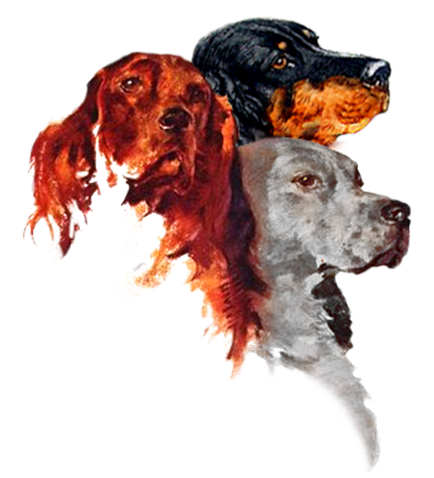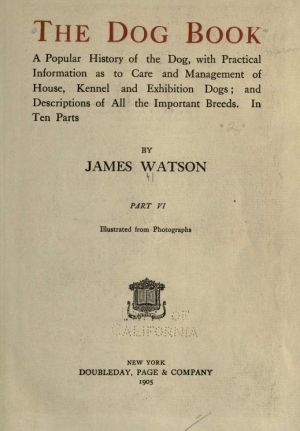автор(ы): Watson James
It is quite appropriate that the bulldog and the smooth sheep dog should be close neighbours in a book treating upon dogs, as illustrations of how demand and then the fads of fancy will separate animals originally of the closest relationship and appearance. We have a few pages back shown that the smooth sheep dog was first of all a division of the mastiff family, coming from the watch or ban dog, which, although the house mastiff, was also capable of driving sheep and cattle. We now repeat what we said in that chapter, that the mastiffs were that group of general-purpose dogs other than hounds, spaniels or toys. Terriers were also eliminated and given a name on account of their being used in the chase. Everything else was a mastiff, a word now conceded to mean akin to mongrel, though that is perhaps not the word which, to our mind, clearly specifies their position. Caius gives a very appropriate name for the group when he classifies them as “Canes rustici,” dogs of the country—country dogs. According to what these were capable of accomplishing, they were accordingly grouped, and eventually became recognisable as distinct breeds. They were what might be well called working dogs, the large, heavy dogs being used for bear baiting and such sports; the more active of the large dogs used as watch dogs going by the name of bandogs, while the still lighter and more active of these bandogs were sheep dogs. In addition to these there was the “Tinker’s Cur,” a dog that assisted the travelling tinker by acting as a beast of burden, or pack-horse, carrying his implements and tools; another was a water drawer, turning a wheel, as we now see horses and mules used for many purposes as a substitute for steam power; and still another was the butcher’s dog.
Доступные форматы: PDF


